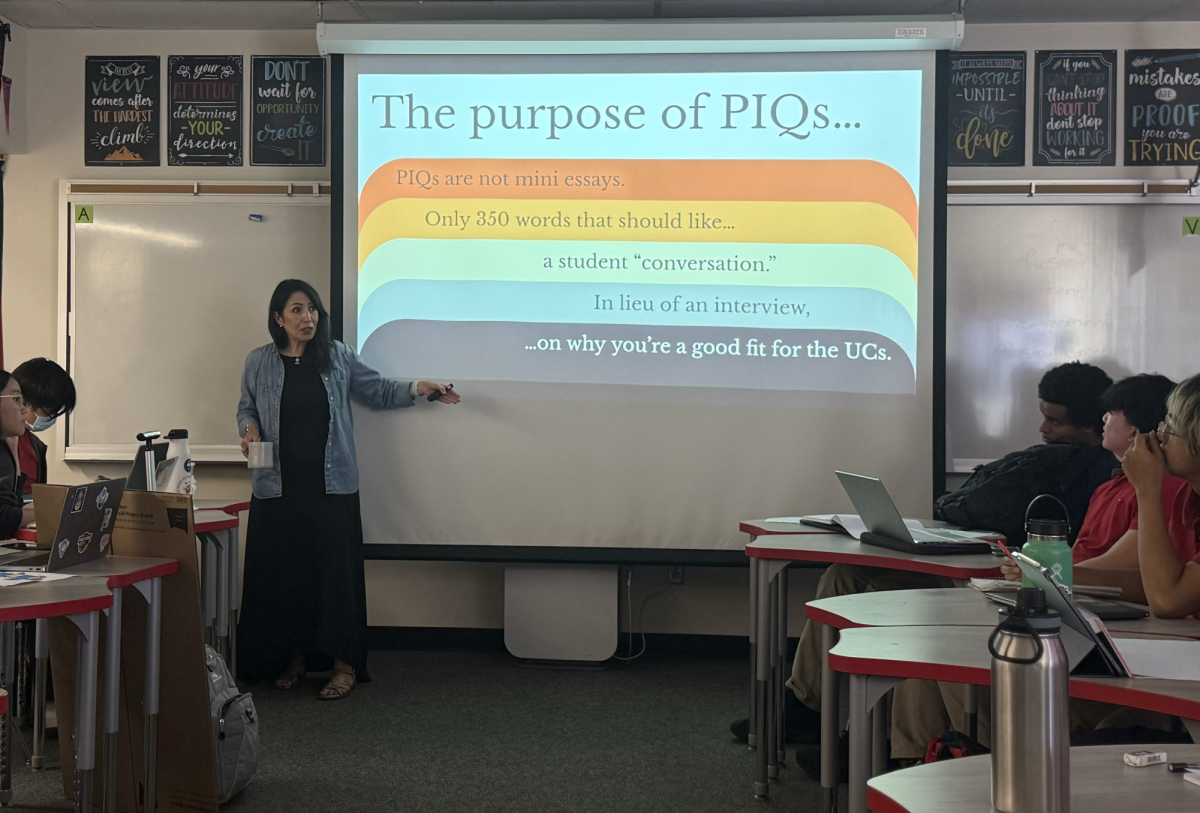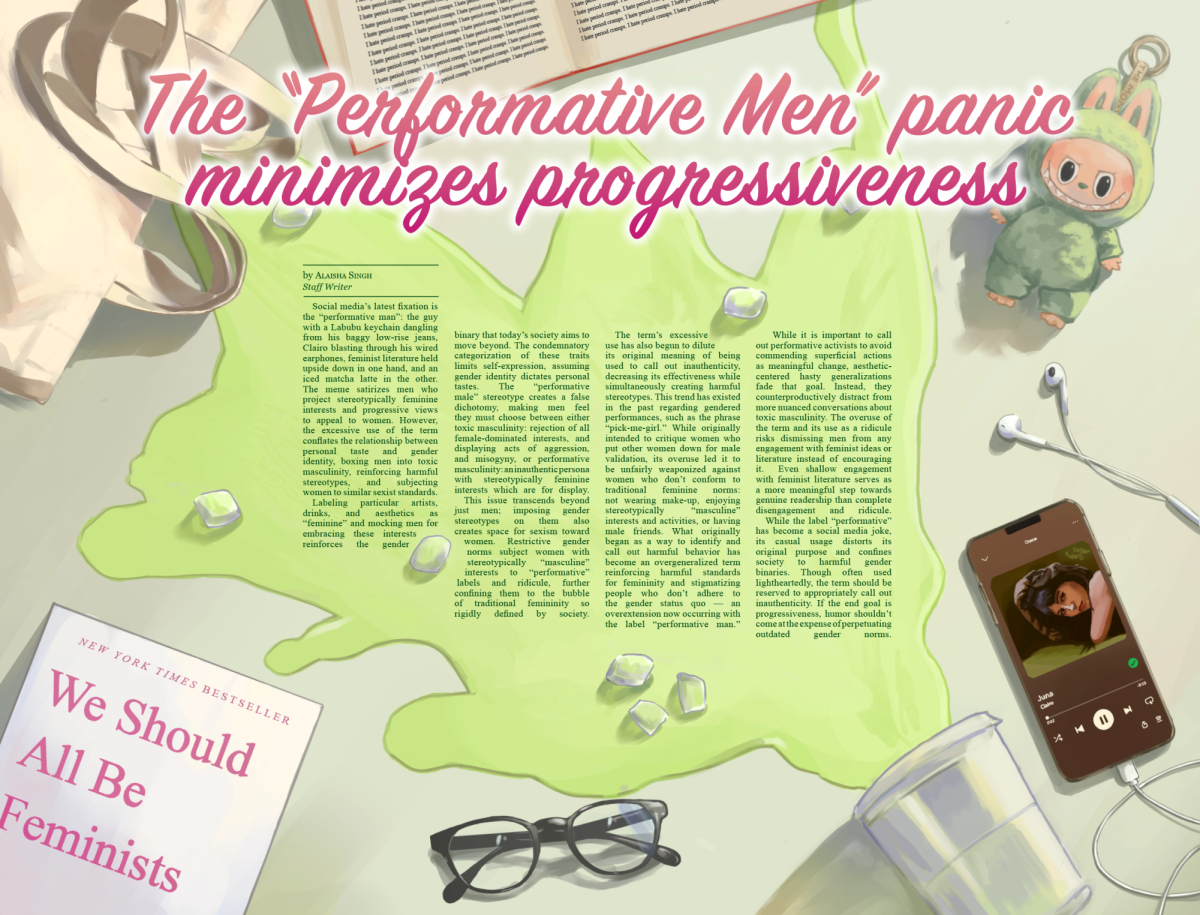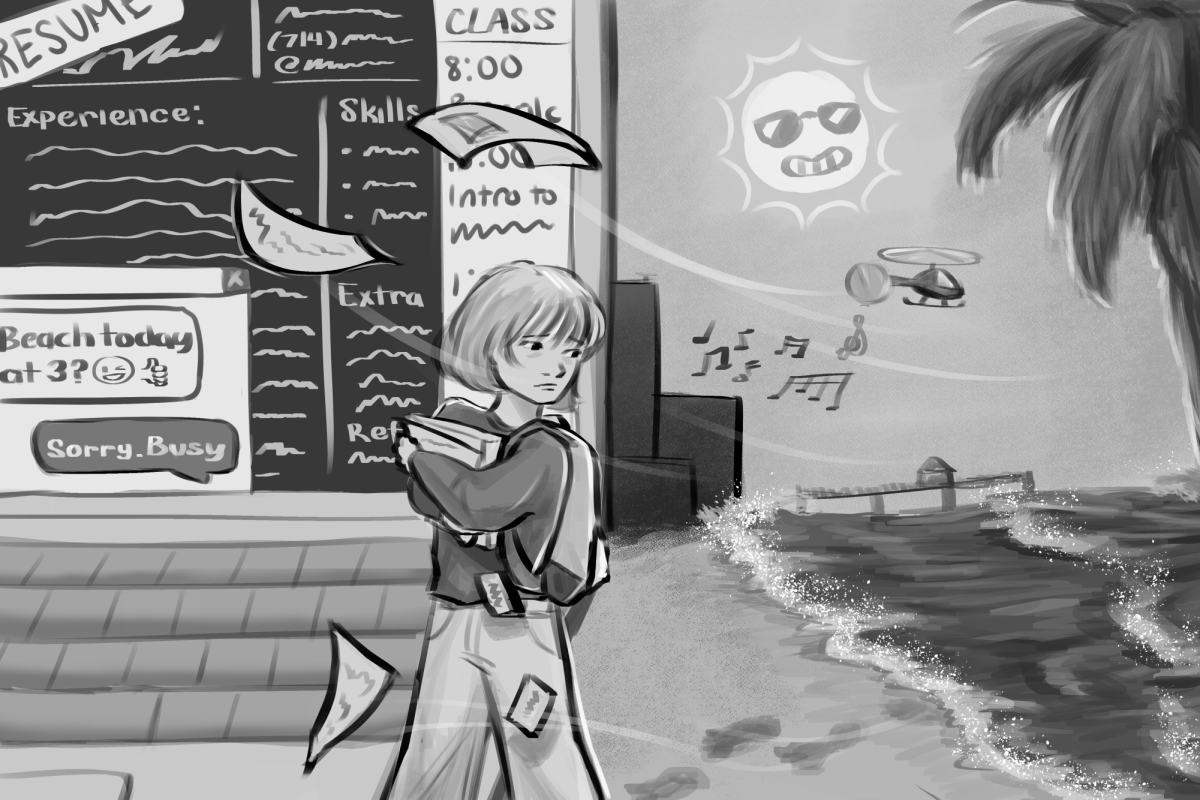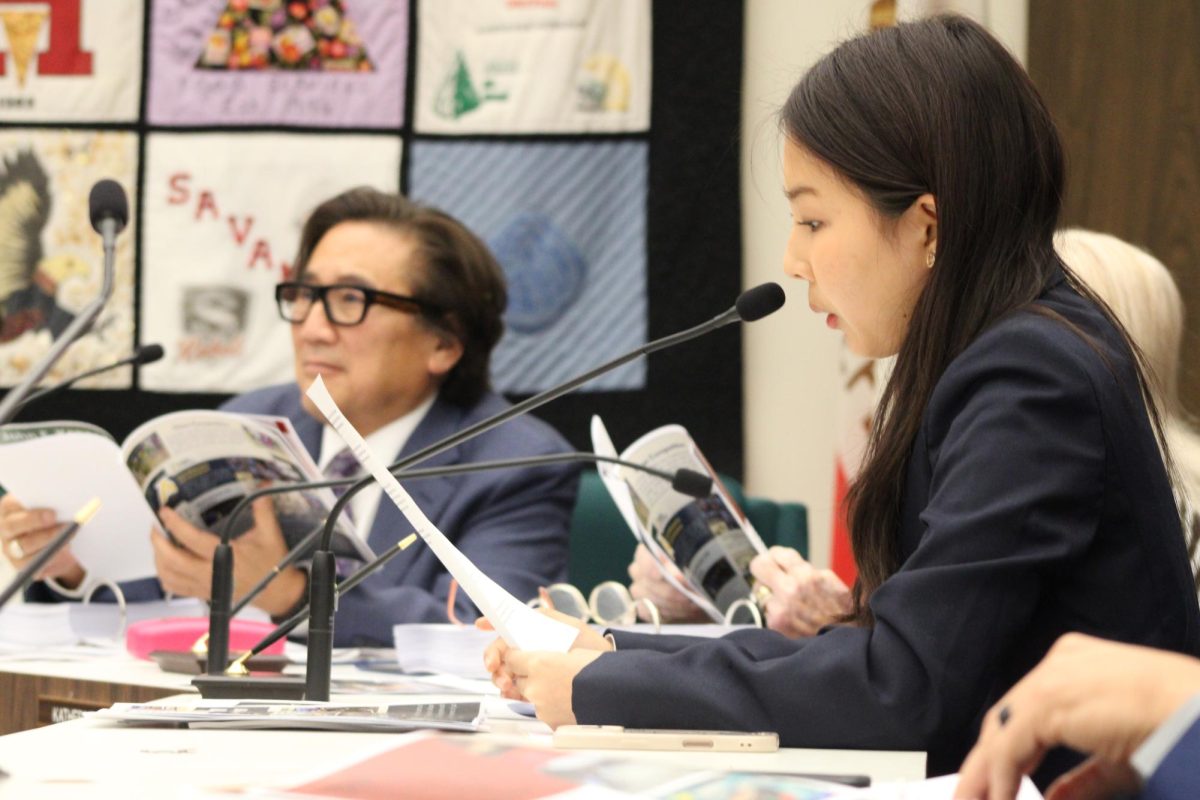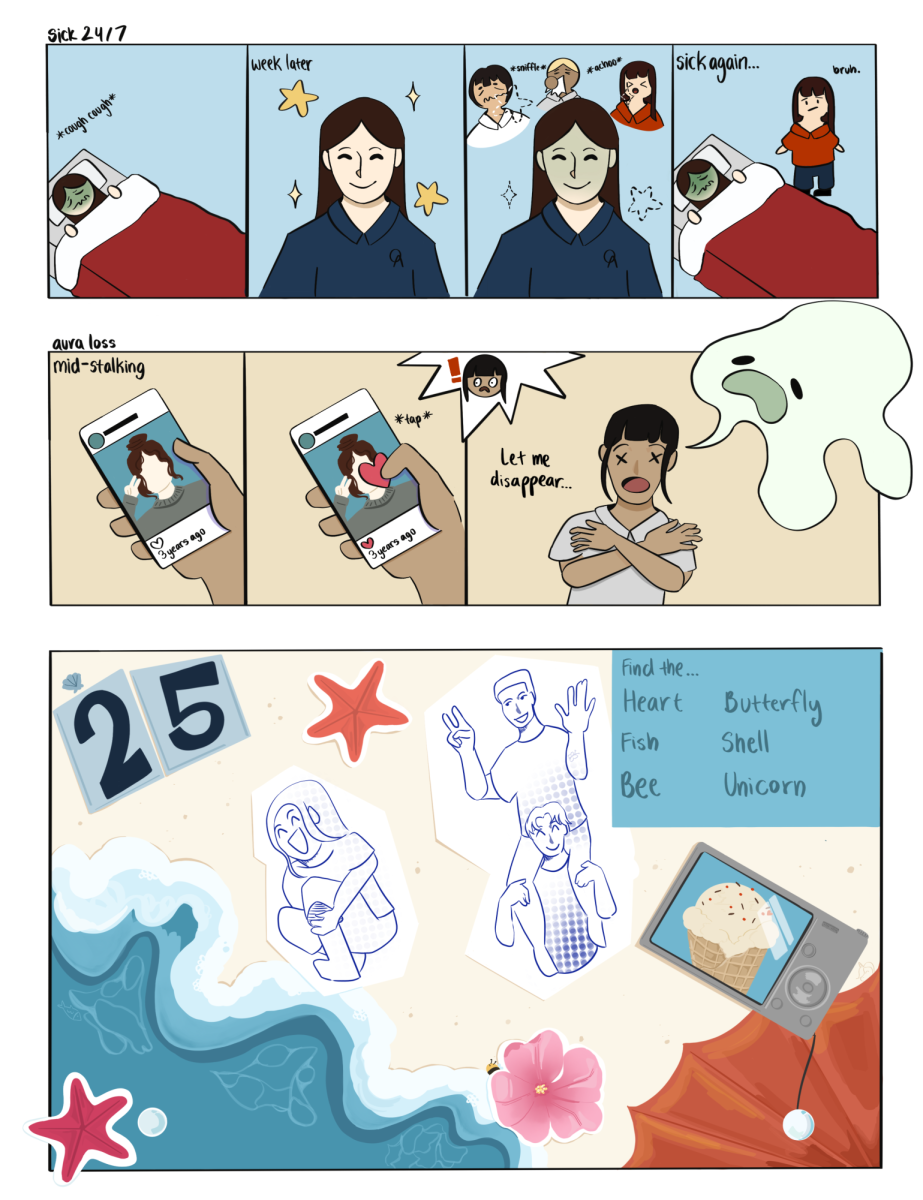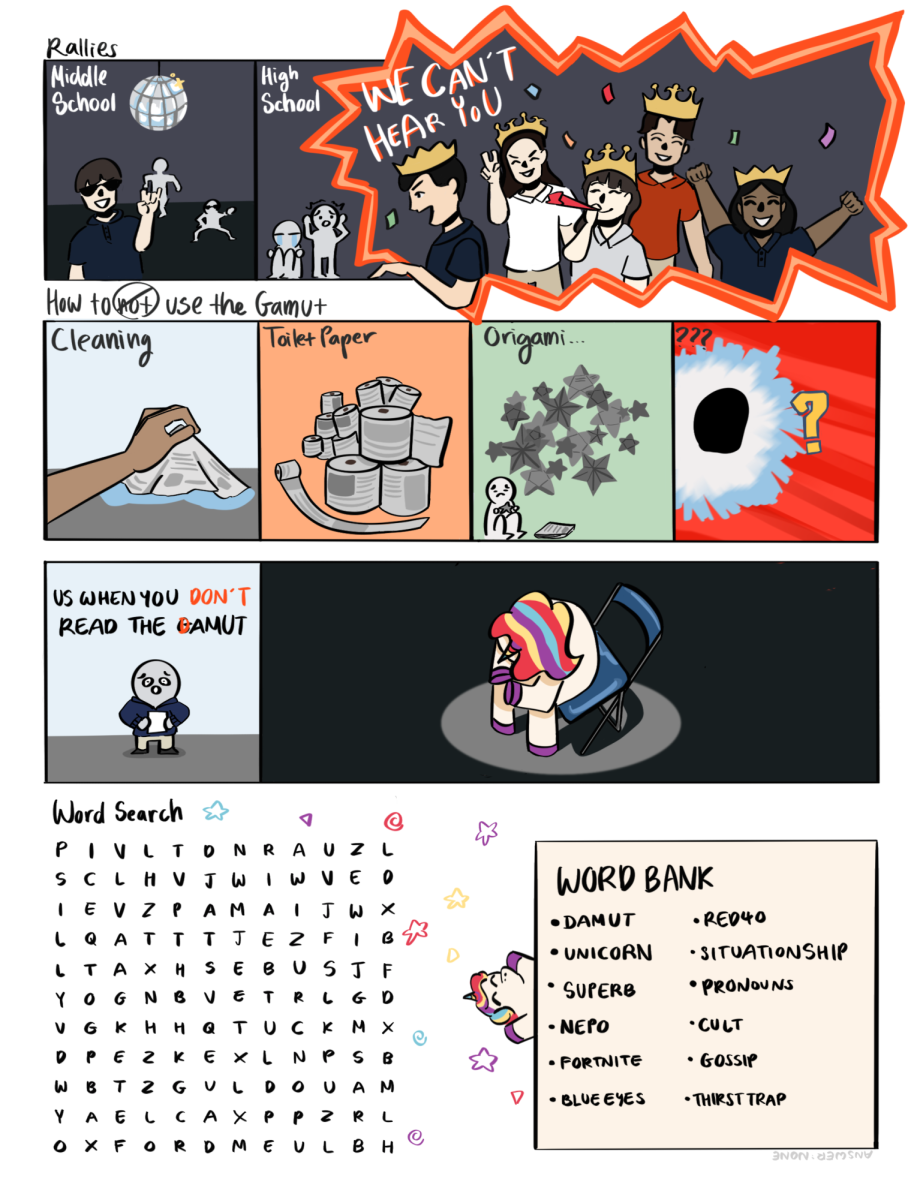On Sept. 29, 109 randomly-selected students were notified that they would be moved from their cluster classes due to an oversight in the planning of Oxford’s 2022-2023 master schedule. Nine teachers exceeded Oxford’s contractual 222 student limit, and their students were consequently moved into clusters whose teachers were under the 222 total.
The student load has remained consistent since its introduction. However, this year the contract — negotiated between AUHSD and the ASTA or the teacher’s union — changed to include homeroom students, Oxford’s cluster equivalent, in the calculation of a teacher’s student load. As more schools adopted advisory periods across the district, this change was deemed necessary to prevent student contact overload.
With its cluster model, Oxford is a unique case within the district. While other schools do have 20-minute advisement periods, they are simply tacked onto curricular classes. Thus, while the new language would not affect teachers at other schools, cluster classes at Oxford brought some teachers over their contractual limit.
“I don’t think [the contract writers] were specifically targeting Oxford by any stretch,” Principal Amber Houston said. “We’re a little different from other campuses, so when they were rewriting [the contract] to tighten up the language, [they accidentally excluded us due to] how we run [things] here at Oxford.”
While the issue was brought to admin attention at the very beginning of the year, it was not addressed until late September.
“It took longer than I wanted it to because I had to consult with the district [and] the union,” Principal Houston said. “We were in communication waiting on certain parties, for the union representatives to talk to teachers and get that feedback, so it did take several weeks to allow those conversations to be had.”
From those conversations, possible solutions that arose were opening up more classes, shuffling students within academic subject areas, disbanding cluster altogether — the 20 minutes would instead be tacked onto 3rd and 4th periods on odd and even days, respectively — and having teachers sign a memorandum of understanding, essentially agreeing to keep excess students.
Although teachers strongly wished to keep their students, it was important to them that the contract was upheld.
“I do want to make sure the school is honoring the contract because it’s something that the union fights for for us every single year,” Mr. Cory Williams, who was nearly 30 students over the limit, said.
Ultimately, it was decided that randomly moving students from clusters would be the least intrusive way to ensure teachers stayed within their contract maximums and avoid schedule changes to academic classes.
While teachers were briefed on the final decision Tuesday, Sept. 27, students were notified in a meeting on Thursday, a letter was sent home to their parents on Friday, and they were moved from their original clusters the following Tuesday. Many voiced their dismay at the suddenness of the changes.
“I was pretty upset,” Mrs. Melissa Galvan, who had nine students moved from her cluster, said. “That’s a third of my group, and we’ve been together since 7th grade. It just really shifted the dynamic.”
Although many, especially younger grades, remained indifferent or even preferred their new clusters, older students who had formed deeper attachments to their clusters likewise expressed immense disappointment.
“I think the whole point of cluster is that you create a family, so being taken out of that family and having no say — and it totally was out of the blue too — I was in shock,” junior Jaelyn Arenzana, who was initially removed from Mrs. Galvan’s cluster, said. Arenzana, along with a few others, was able to negotiate her way back into her original cluster, but expressed regret that the randomization method didn’t take students’ feelings into account.
The impact was not limited to teachers who were over the limit and their students.
Mrs. Ho, who was initially under the student load, was assigned to take on a new eighth grade cluster. Previously, she and Mrs. Song oversaw a senior cluster that had been passed around to various teachers throughout the years.
“It wasn’t until the two of us last year that they got a semblance of consistency. We worked really hard to build a community with them, to get to know them,” Mrs. Ho said. “I really enjoyed hanging out with them and they’re a really great group of students. So when I found out I was going to be taken out of [my] cluster, it was really, really disappointing for me.”
Cluster has been an integral part of Oxford’s culture since the very beginning. Providing consistency throughout students’ six years, the class has undoubtedly played a role in making students feel more at home. While the changes impede this purpose, it does immediately rectify the issue of the breached contract.
“I’m glad that a solution was able to be [reached]. It was a difficult situation for all parties involved,” Mr. Williams said. “Though it’s probably not what I think is the best solution for kids, I think it’s what makes the most sense, all things considered.”
Still, a permanent resolution has yet to be confirmed. While administration makes plans to prevent any major changes next school year, promising to open up a dialogue with staff in the second semester, there remains much uncertainty about the future of cluster.






